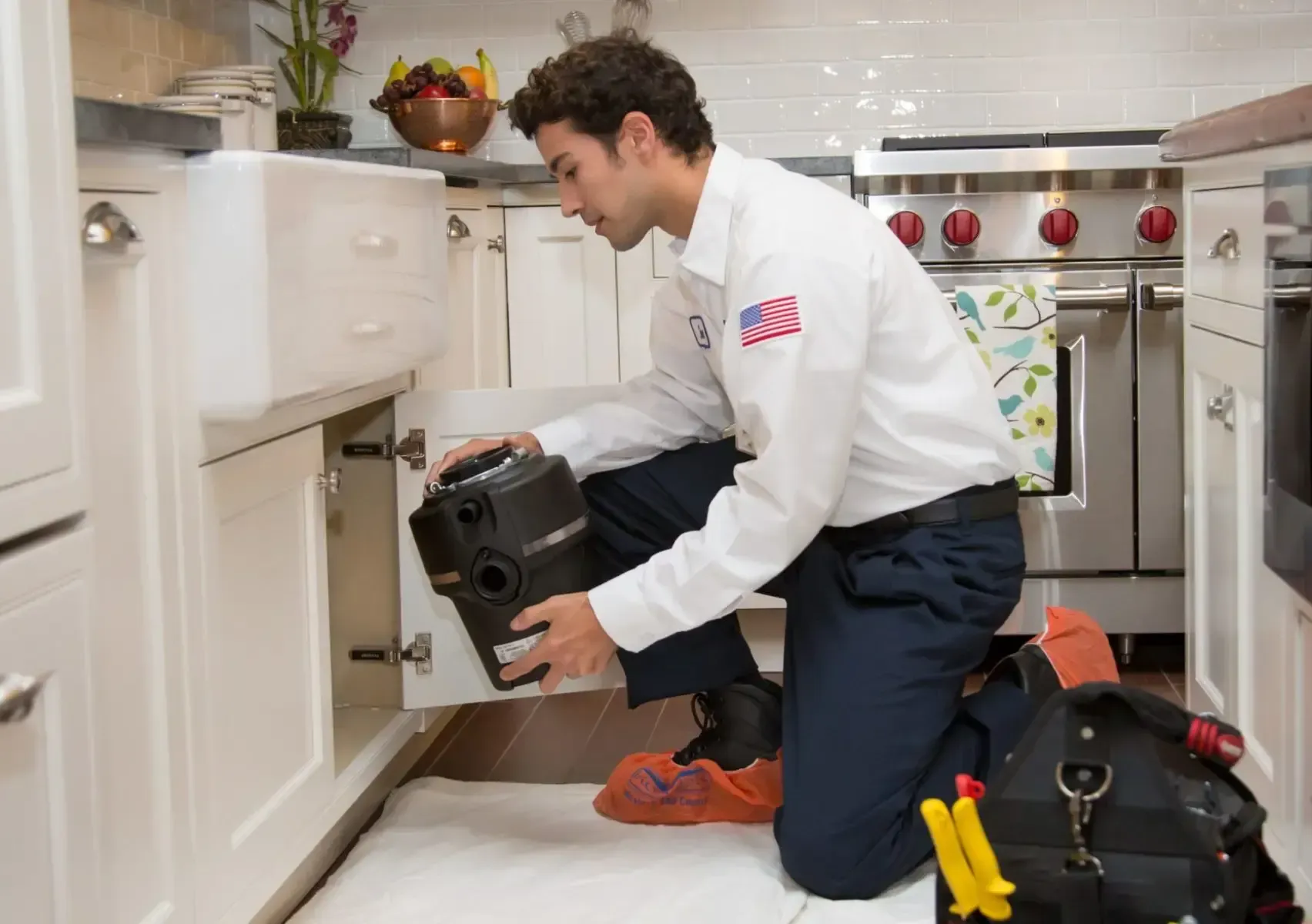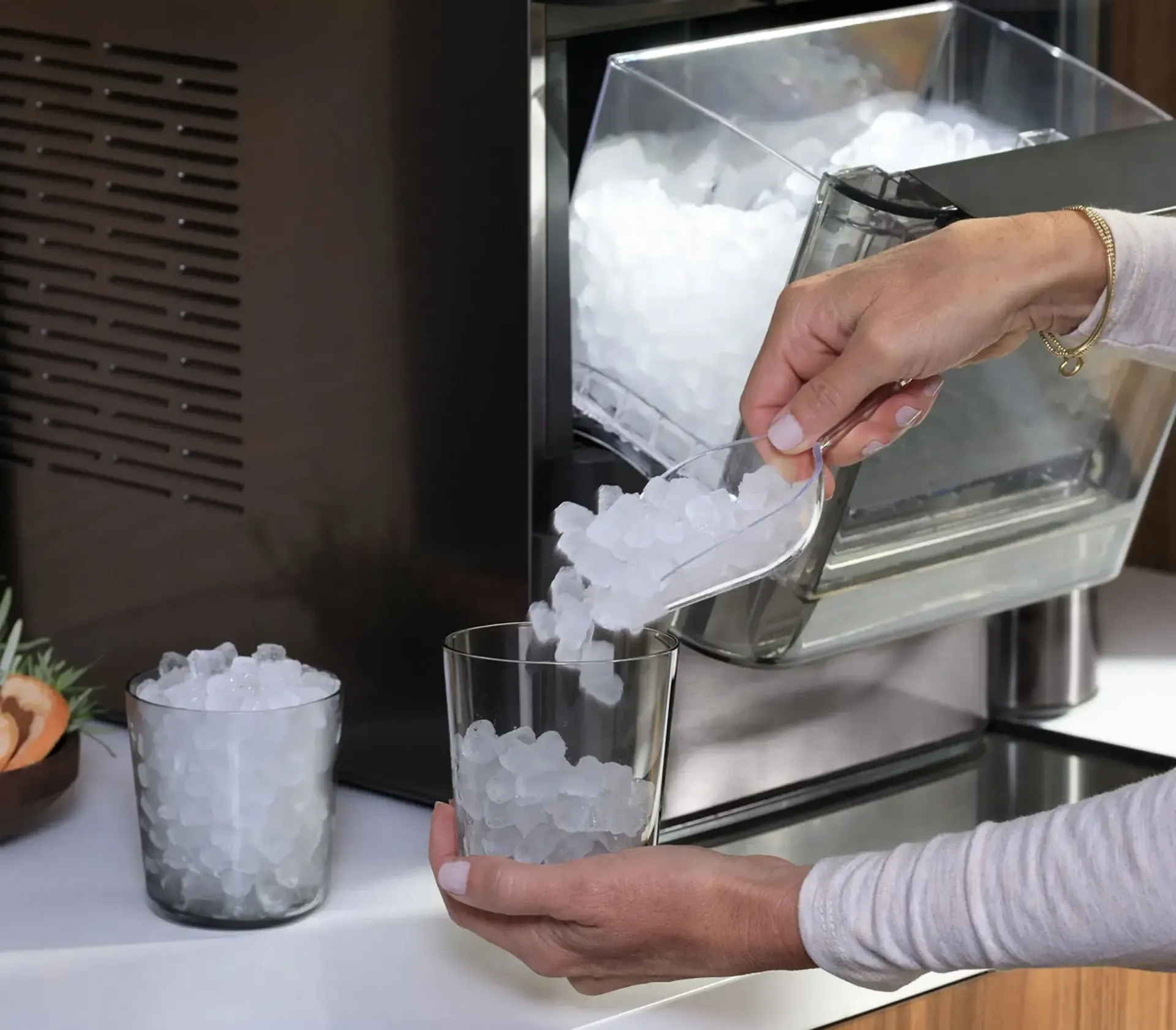Every well-functioning kitchen must have a reliable dishwasher. This quiet hero relieves you of the tiresome chore of hand-scrubbing and hand-rinsing dishes, streamlining the otherwise difficult process. This contemporary marvel guarantees that your kitchen is always a place of efficiency and cleanliness while also saving you a great deal of time and work. However, when dishwasher problems appear out of the blue, they have the potential to upset this balance and quickly turn from a small annoyance to a major family emergency.
Dishes build up, the sink overflowing, and the once-smooth daily rhythm becomes chaotic—this is an all too familiar scene. There seems to be a wide range of possible issues, from mysterious leaks and difficult blockages to poor cleaning performance and unnerving sounds. But do not be alarmed; there is a chance for empowerment in this unfamiliar territory.
We go deeply into the field of dishwasher repair in this extensive book, setting off on a voyage of exploration and expertise. You'll quickly learn that many of these problems that appear intractable may really be solved if you have competent troubleshooting procedures and basic yet efficient repair strategies. By using do-it-yourself repair techniques, you can take back control of your cherished kitchen appliance's functioning while also avoiding the hassle and cost of hiring a professional.
Come along as we provide important perspectives and useful advice that will provide you the information and self-assurance you need to address frequent dishwashing issues head-on. We'll work together to negotiate the complexities of dishwasher repair, bringing pandemonium under control and making sure your kitchen stays a haven of efficiency and cleanliness for years to come.
Diagnosing the Problem:
Finding the precise source of the issue is the first step in fixing your dishwasher. Begin by monitoring the behavior of your dishwasher and recording any odd symptoms, such leaks, standing water, or trouble codes shown on the control panel. Next, look for typical problems such as blocked filters, broken parts, or loose connections. To assist narrow down the probable reasons of the issue, consult the user handbook for your dishwasher for troubleshooting recommendations and error code definitions.
Addressing Leaks:
Damaged door seals, weak connections, and blocked drain hoses are just a few of the typical causes of leaks in dishwashers. The first step in fixing leaks is to look for wear or damage on the door seal or gasket and replace it if needed. To stop water from leaking out of the water supply line and drain hose, tighten any loose fittings or connections. Furthermore, examine the dishwasher's input valve and float switch for any leaks or malfunctions, and repair them as necessary.
Clearing Clogs:
Standing water in the tub's bottom and inadequate drainage during the wash cycle are two consequences of obstructions in the dishwasher's drain system. The dishwasher's drain pump, spray arms, and filter should all be cleaned of any dirt or food particles before attempting to remove obstructions. Look for kinks or clogs in the drain pipe and use a wire hanger or plumber's snake to clear any that are found. To enhance drainage and remove any accumulated soap scum or oil, run a cycle using vinegar or a professional dishwasher cleaning.
Improving Cleaning Performance:
The ineffectiveness of your dishwasher's dishwashing might be a sign of problems with the water temperature, detergent dispenser, or spray arms. To begin, examine the spray arms for obstructions or damage and give them a thorough cleaning using a toothpick or soft brush. Make that the detergent dispenser is working correctly and that the wash cycle is dispenseing the appropriate amount of detergent. To guarantee the best cleaning results, you should also check the dishwasher's water temperature and change the settings as needed.
Troubleshooting Error Codes:
Error code displays, which highlight certain problems with the appliance, are a common feature of contemporary dishwashers. For troubleshooting advice and the significance of problem codes, see the user manual or the manufacturer's website if your dishwasher displays one. "E1" denotes difficulties with the water input, "E2" concerns drainage, and "E3" concerns temperature sensors. These are common error codes. To identify the issue and put the right fix in place, follow the suggested troubleshooting procedures.
Performing Regular Maintenance:
Maintaining your dishwasher's functionality and averting expensive problems requires routine maintenance. To get rid of any collected residue or debris, use routine maintenance procedures such cleaning the drain pump, spray arms, and filter. To stop leaks, inspect the gasket and door seal for wear or damage and replace them as needed. Run a cleaning cycle using vinegar or a professional dishwasher cleaner to get rid of mineral deposits, grease, and lime scale, which can all have an impact on performance.
Empower Yourself
When it comes to home appliances, the dishwasher is a mainstay of convenience. Nevertheless, fixing problems when they arise sometimes seems like an overwhelming undertaking. But if you have the correct information and resources at your disposal, you can solve many everyday issues and avoid wasting time and money on expensive expert fixes.
Understanding the foundational concepts presented in this article is the first step towards doing DIY dishwasher repair. You may take back control of your appliance's functionality and develop self-reliance by learning about troubleshooting techniques and necessary maintenance procedures. You now have the self-assurance to tackle any problem, no matter how difficult it may be—leaks, blockages, poor cleaning, or confusing error codes.And it's not just that fixing problems is an advantage. Frequent maintenance chores help to ensure that your dishwasher is in top shape for many years to come. Examples of these duties include cleaning filters and checking seals.
Thus, rise to the task with a strong sense of resolve and enthusiasm. Let every maintenance and repair job you do be an example of your skill and creativity. By taking care of your dishwasher, you can prevent future problems and ensure that your dishes will always be spotless and that you will always feel proud of a job well done.



